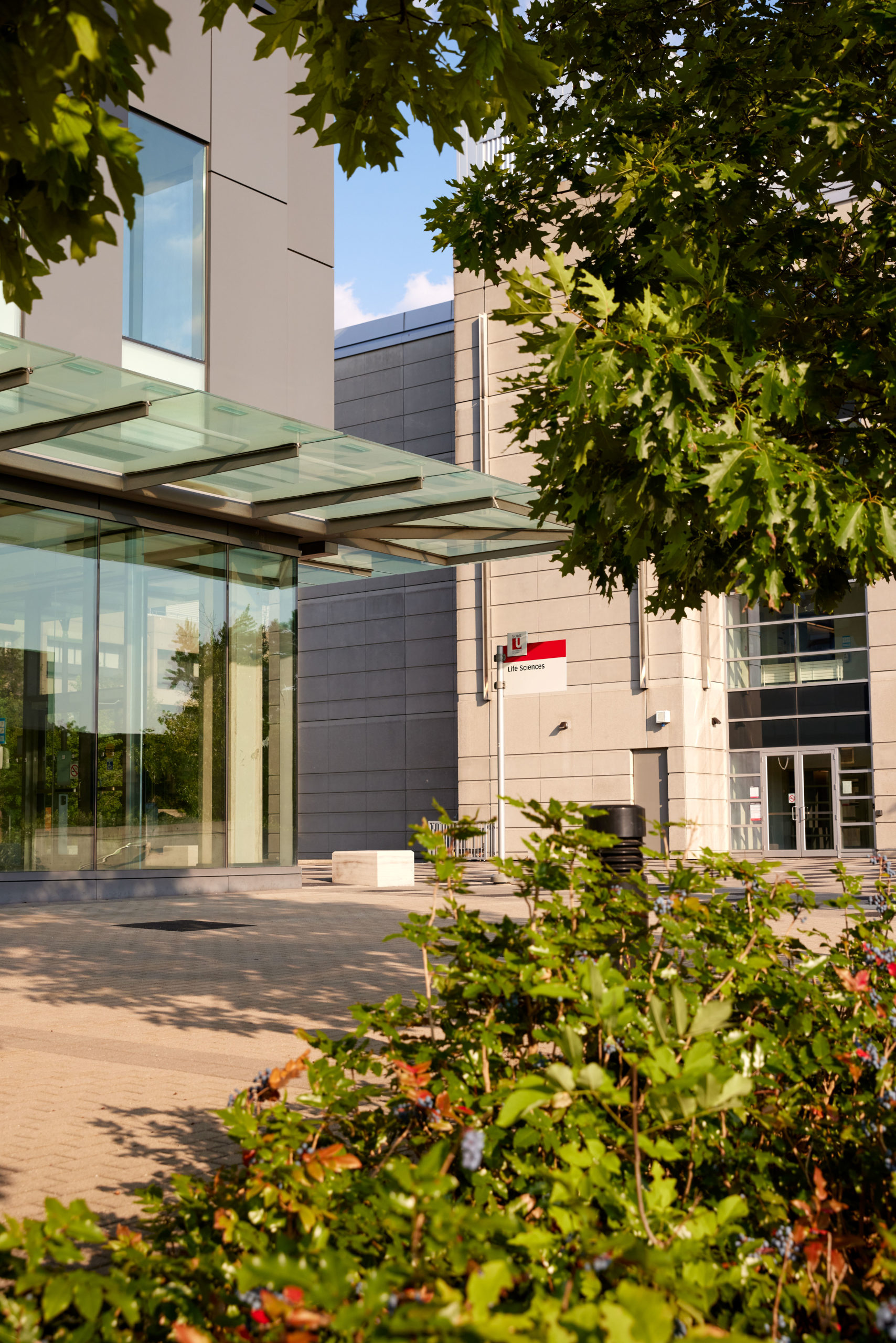The Caputo Lab has research interests spanning inorganic, organic and materials chemistry.

At the heart of all our projects is the fundamental exploration of the chemical sciences. We have a broad research scope, from main-group catalysis to the visual detection of food spoilage. We encourage all researches to explore their curiosities with whatever project they are pursuing. Below are a few highlights of the work that is on-going in the lab.
Developing Metal-Free Alternatives to Precious Metal Catalysts
We are interested in the development of new, low cost materials derived from readily available main-group elements to create robust Lewis acidic materials to replace traditional transition metal based catalysts, targeting both solution and solid state advances. Major drawbacks currently facing this field are the sensitivity of current systems and their inability to catalyze multi-electron transformations. As we develop new molecules we will explore their applications in organic synthesis as well as investigate their ability to catalyze reactions with energy implications. Approaches we are currently taking is to utilize redox-active components in small molecules, and integrate Lewis acids into porous, semiconducting materials.
Generation of Materials and Dyes from Naturally Occurring Sources
With limited global resources, it is important to develop sustainable, greener chemistry. One approach to addressing this problem is to utilize chemical feedstocks from naturally occurring sources, such as plants. We are particularly interested in the development of sustainable dyes, as synthetic versions have fallen out of favour globally, whether the reasons for this are real or perceived. We are interested in utilizing and modifying naturally occurring molecules to generate novel dyes, and other materials.
Development of Visual Molecular Sensors
Accurate measurement of analytes is critical for countless applications. Many of the state-of-the-art technologies utilize large and expensive equipment and needs complex sampling techniques. One research area in our lab focuses on developing visual sensors - ones that change colour upon interacting with desired substrates. The goal is to develop cheap and responsive sensors that can provide instant analysis. Our current focus in this field is on developing sensors to detect Lewis acidity as well as food freshness.
